Startups - A success story?

According to a Global Innovation Index report published in July 2018, Bangladesh is ranked 116th out of 126 nations, the lowest score in Asia—below India ranked 57th and Pakistan ranked 109th. Bangladesh is below the likes of the Former Yugoslav Republic of Macedonia (ranked 84th), which was only recognised as a country by the UN as recently as 1993, as well as conflict zones and low-income nations such as Rwanda (ranked 99th). The ranking measures key factors such as the political, regulatory and business environments, research and development, infrastructure, investment and credit, knowledge creation and diffusion—with a scope of determining how well each country is tackling the issues of energy, education, and quality of life.
With such a low rank—17th in Asia (which also houses the fifth highest ranked innovative country in the world, Singapore)—Bangladesh has been labelled a nation where innovation rarely takes precedence over conservative thinking and traditional values that make people resistant to change or unable to induce it.
The government of Bangladesh has initiated several projects since the ruling Awami League party came to power in 2009. Mostly floated under the banner and vision of a "Digital Bangladesh", the projects have since sought to create a policy framework where individuals and organisations can come forward with innovative ideas and receive funding, infrastructure, and knowledge support. Along with a significant push from the private sector in the form of "accelerators", the past decade has seen a steady stream of startups that tried to address the many issues that plague the country in various sectors—health, education, transport and other services.
"The startup ecosystem in Bangladesh has surely come a long way since we started our journey about 10 years back," says Minhaz Anwar, head of Grameenphone's Accelerator programme." The success stories of Pathao, Sheba.xyz andChaldal are building confidence among investors and promoters and at the same time contributing to major mind-shift of the young people towards opting for jobs with startups offering home grown solutions as sustainable career paths."
"On the other hand, ecosystem enablers are supporting the entrepreneurs by providing mentorship, network, guidance and investment readiness to the startups and scaleups from different stages from all over Bangladesh," he adds. "The culmination of all these efforts are helping us build the entrepreneurial ecosystem here," states Anwar.
While there are portions of the startup ecosystem that have managed to enter the fray and stay in the public eye, the innovation that comes from continued research and development (R&D) are still scant. The success of Pathao, Chaldal and Sheba.xyz are rooted in solving issues that have not been addressed by the government—Pathao looks to reduce wait times on Dhaka roads by jump-starting the concept of motorbike ride-sharing, Chaldal wants to reduce the number of people crowding around the city hubs that are traditional bazaars by having them order groceries online, and Sheba.xyz looks to formalise a blue collar service sector that has largely stayed under the radar of who can be considered human capital in the country. While these startups are doing well short-term, these are also a constant reminder of how little these issues were addressed by long-term R&D projects that can remove the need for private intervention.
The barriers to innovation
Shafkat Alam, Chief Technology Officer at HiFi Public and a consultant to various other startups, says there is a distinct lack of communication and understanding between engineers and sales and marketing teams in local startups. "The product might be technically sound, but making it work in real world conditions requires input from users and people tasked with selling it. Often, they speak entirely different languages."
Tech experts keep reiterating this point: the startup industry has plenty of people to build products or mobile applications that will technically work, but it needs better product managers. The industry folk do not know how to do proper market research to find out the habits and demands of their customers.
Either way, aside from the asymmetry of information that persists between developers and entrepreneurs, a global issue that is being resolved at different stages in different parts of the world through various methods, there are more pressing issues that act as a barrier to implementing innovative ideas.
"There is a lack of perspective in Computer Science and Engineering (CSE) graduates in the country. Most developers and systems engineers have a lack of broad ideas, bigger pictures and how each piece of the puzzle can make up a bigger puzzle. That's a by-product of how computer science and programming is taught in Bangladesh at the undergraduate level—broken down into modules that make it easier to learn and teach, whereas an undergraduate course should be casting a net as wide as possible so that the students can get the basics of the bigger picture before specialising during higher studies," says Shafkat, who has interviewed over 80 developers for various positions in the past year alone. He calls for more project-oriented teaching at universities—in order to develop the practice of piecing together bits of whatever the students are learning and using them to solve a problem at hand. That way, a clearer picture of what tools can serve what purpose will be made clear to the students before they graduate and enter academia or the tech industry.
There's a lack of R&D initiatives at the university level as well—a significant factor for the lowly rank in the Global Innovation Index. A lack of funds at private universities and unused research funds at public universities, as well as a dearth of experienced professors to lead research work while balancing course loads has led to a crop of engineering and programming students who are either not interested in research, or do not have access to platforms for conducting research even if they are interested.
"The programme for my undergraduate degree at the University of Dhaka had a fantastic curriculum—almost everything you would need to excel in either academia, or in the industry. Comparing that with the software engineering program at the University of Waterloo, I don't see a whole lot missing,"says Zarif Masud, a graduate of Software Engineering at Dhaka University currently in Waterloo.
The way the content was taught did lack focus, however, he adds. "Critical thinking is rarely ever a primary focus of these programmes. Students, in general, focus on learning application development and getting a job in the tech industry over research. Once our students don't flinch at the sight of an unseen problem, we will start making progress"
"Research in our universities focus on abstract problems and have little to no application in our country. The industry, instead of working with the universities on innovation and problem solving, looks for ways around issues. I think there is a real gap between academia and the industry that needs to be bridged," Zarif adds.

Redefining success
Innovation, be it in solving a need or in addressing productivity, can also be contextualised. Ride-sharing is not a new concept—Uber has been operating its ride-sharing platform in over 785 cities around the world having launched in 2009, while nearly every major global city has its own local ride-sharing or ride-hailing service. Pathao, in that sense, is a copy of the traditional ride-sharing model—linking people with motorbikes or cars with people who need an alternative to public or privately-owned transport.
"Pathao has successfully contextualised ride-sharing. They have taken a model used globally and customised it to the Bangladeshi context before applying it at the right point in time, and in my eyes that counts as innovation. Success is defined differently in Bangladesh because we are still at a transition period, where the first draft of success stories is gaining exposure and being acquired, which frees up the subsequent batches to more accessible funds. With access to funding, individuals with ideas have better chances at implementing them," says Tina Jabeen, Deputy Project Director of ICT Innovation and a Senior Consultant to iDEA, a government run accelerator and networking project under the ICT Division.
Pathao's Vice President of Operations, Ahmed Fahad, stresses how most startups aren't really able to do what they want to at first, but have to rely on the team and work towards a common goal that they believe in.
"Pathao originally started as a logistics company. The market was not yet ready and the first few years were a grind, but it set us up well for what we really wanted to do, which was change the culture of what was considered ordinary. Now, Pathao is in unscripted territory—we are trying things, doing things that has not been done in Bangladesh before. We need our team to believe that these things are possible in Bangladesh, and a big part of that is breaking the mental barriers that we ourselves put up. We're not there yet but we're in the process of getting there," he says.
Pathao had to grow organically to get any kind of attention. The sustainability of the team, tech and the management, of any startup, are all factors that define how successful it is. Validation from investors help—getting past that kind of intense scrutiny shows how committed the team is to climbing.
"Pathao is by no means a success story, not yet. But there are glimpses of what it could be, and that's what pulls in investors and sets you on the path to building something great," Fahad adds.

The funding question
In a few short years, the ICT Division has seen a steady rise in the amount of funds allotted to it,. In FY2011-12, the ICT Division got Tk 288 crores as funding. In FY2014-15, that grew to Tk 8,114 crores. In FY2016-17, the division's funding went up to Tk 13,298 crores! Compared to other government run institutes, the ICT Division has gotten the lion's share of funding, with a majority of the expenditures going behind hi-tech parks for startups and tech professionals to operate out of, app development (such as Bengali text to speech programs, Bengali optical character recognition, talking books among others), freelancer training, interactive education development, green architecture, and awareness campaigns. A significant portion of the ICT Division's funds go into developing "IT villages" at the district level, as well as the establishment of Union Information and Service Centres at the union level, alongside the development of an ICT Intra-network for the Bangladesh Government.
The ICT Division has also launched several sub-projects, such as the Innovation Fund—designed to support ideas and individuals that a panel of experts deem worthy. It's not all government though—the iDEA accelerator is operated under the Startup Bangladesh banner, where submitted ideas are scrutinised by a panel of accomplished private industry experts and leaders with experience in the startup and corporate industries. If accepted, the individual submitting the idea is liable to receive funding from the Tk 282 crores pool allotted to iDEA, as well as incubation in their accelerator programme
Once the startups are selected they are given the first round of funding, with subsequent funds available after a certain number of milestones have been met, as per the term sheet. iDEA has only been around for just a little less than a year, with the first batch of funding announced at Digital World in December 2017. 64 startups have since been funded, most of them at the idea stage, and are awaiting performance evaluation in order to gain further funding.
Even in the private sector, there's no shortage of fund sources. "In terms of local investors, there is a growing angel network in Bangladesh, as well as Venture Capital (VC) firms. International VCs like Aavishkar, 500 Startups and Fenox Capital are also present. However, the gap still remains in finding investment ready businesses within the ecosystem. Success stories like Pathao, Sheba, BKash, Chaldal are paving the way for more investments for Bangladeshi startups," says Minhaz Anwar.
"The Alternative Investment Fund is leading to growing interest from a number of local and international VCs in the market. The government has been working on a small cap exchange for tech companies to go public. However, we have a long way to go."
Looking ahead
Where is the startup industry headed in the coming years? Now that the initial buzz of being involved in something exciting and new has died down, how will the startup scene mature into an industry that fosters innovation and delivers on promises made?
"True innovation is on the horizon. If you execute your idea well, with a proper team and advisory panel, success will come. Key players in the startup ecosystem, the banking industry and government backed initiatives like Startup Bangladesh play an important role—if we stick together we will start running, whereas at present we're barely walking," says Tina Jabeen.
Is the market ready to run, though?
"Dhaka's market is very different from the rest of the country, and startups are mostly cosmopolitan in nature. They try to find success in Dhaka first, and then expand to the rest of the country. In that sense Dhaka's market is very much ready, but with the help of an expanding IT and telecommunications network the rest of the country will be ready for innovation in the form of ride-sharing and e-commerce, quite soon"
Minhaz Anwar, who has been involved with the Bangladeshi startup industry from the very beginning, warns that what we call "innovative" elsewhere may not be the same in a local context.
"Innovation is not always about creating the next Google or Facebook, rather it is about creating solutions that are cost effective, efficient, and able to reach to last mile consumers. There are a number of innovators and entrepreneurs from all over Bangladesh who are shaping the economy of this country. The educational institutions should create a strong base so that innovation can thrive. We need more investments flowing in. I believe as an ecosystem we need to go through the journey from idea to exit for a few to reach the tipping point."
At the same time, the knowledge gaps between entrepreneurs and developers, academics and industry folk, private and public sectors—thes have to be resolved so that the environment for forward thinking innovation can be created.
Shaer Reaz is Incharge of Shift, the automotive publications of The Daily Star.



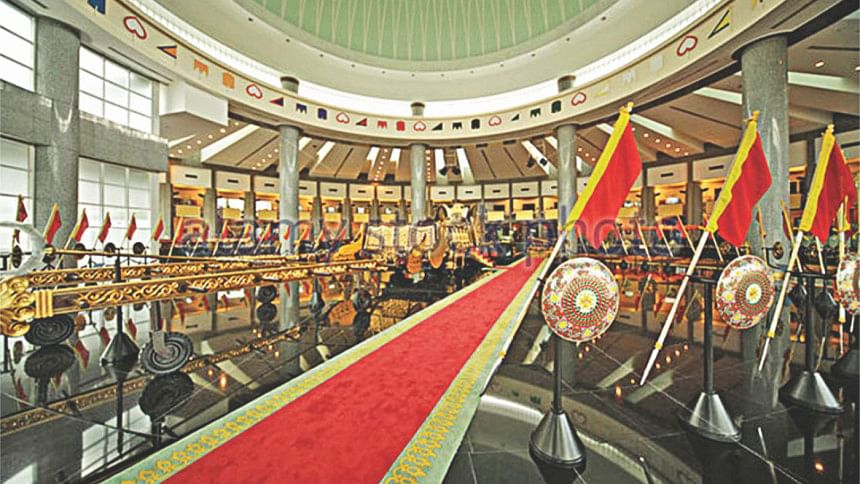

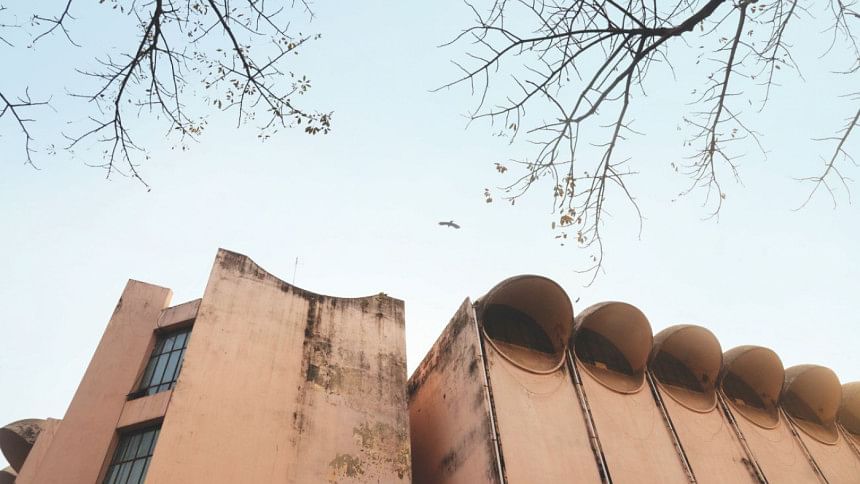
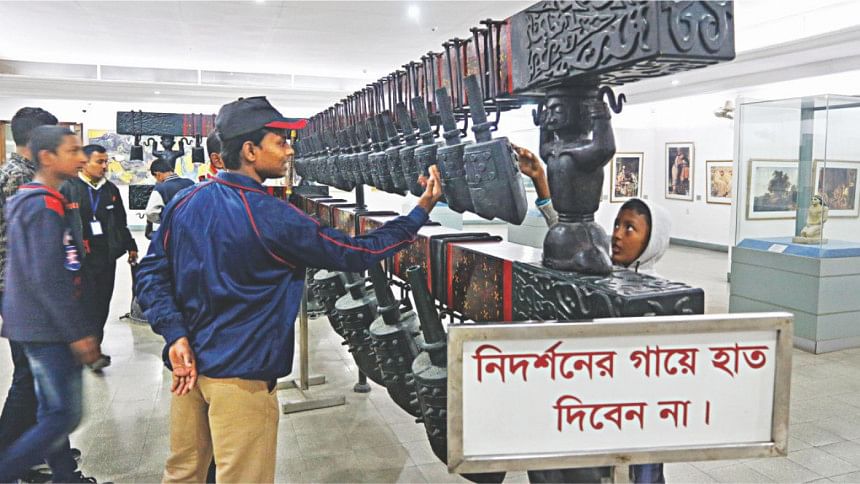
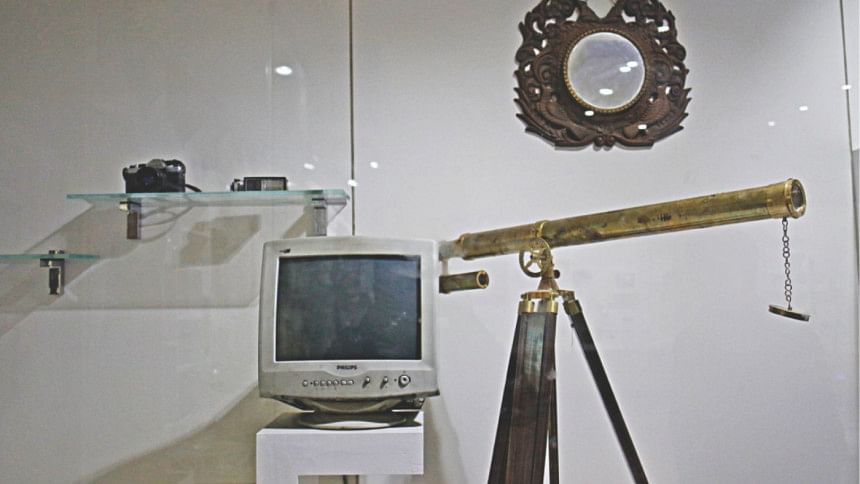
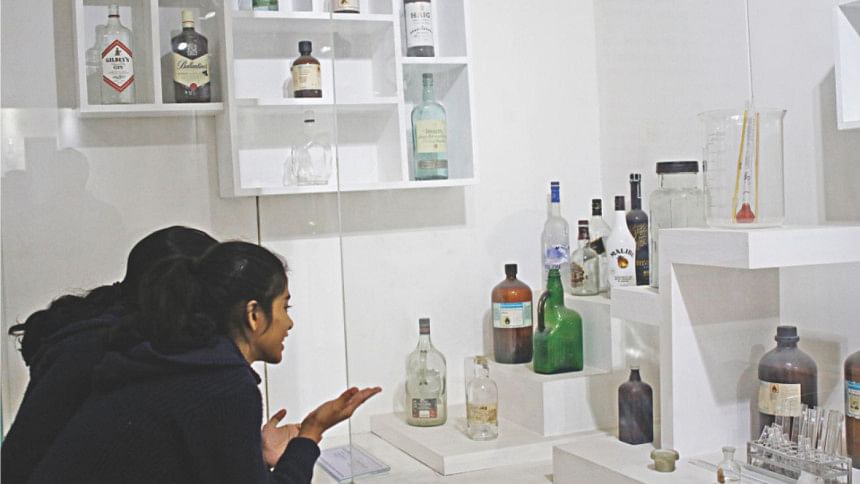
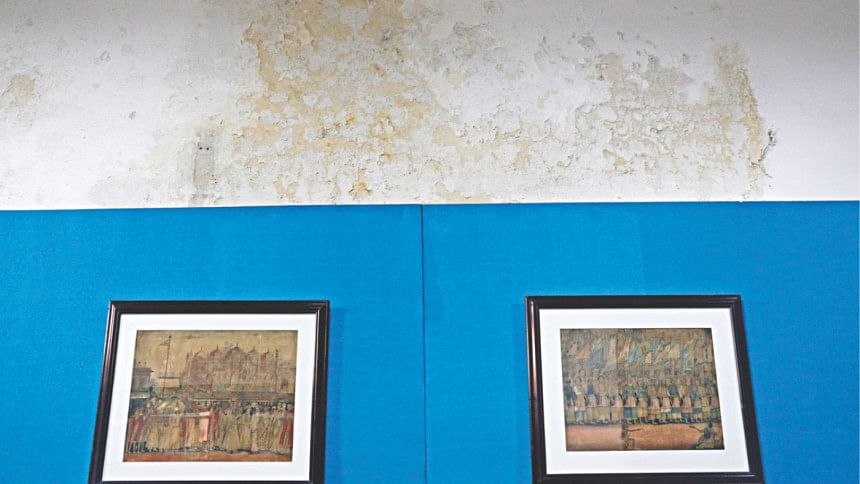
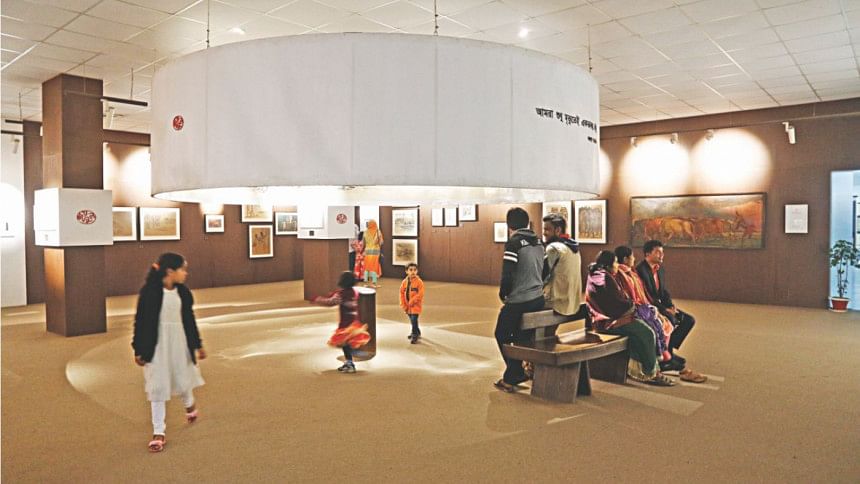
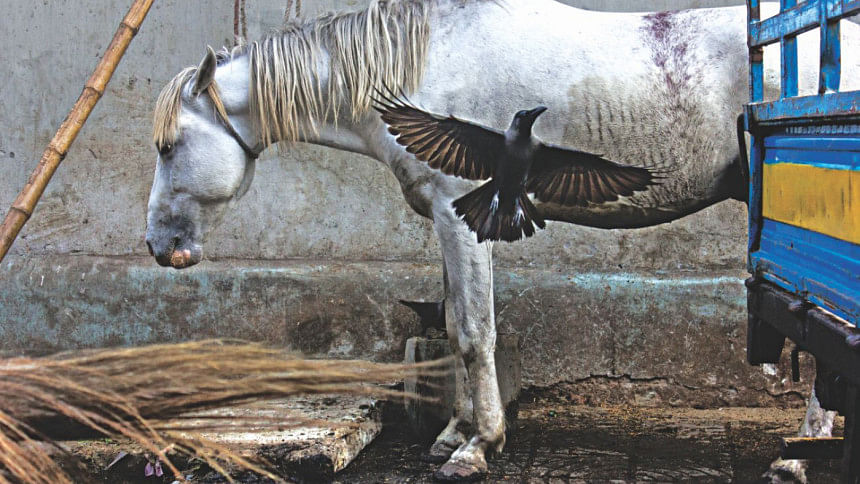
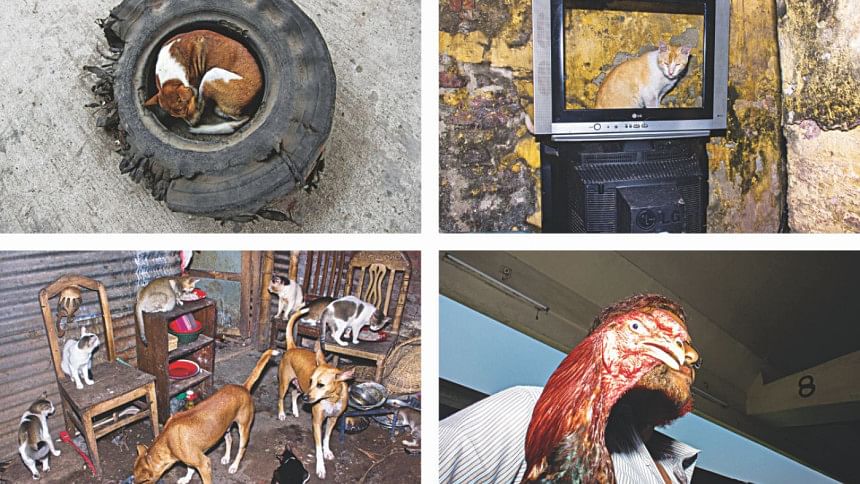
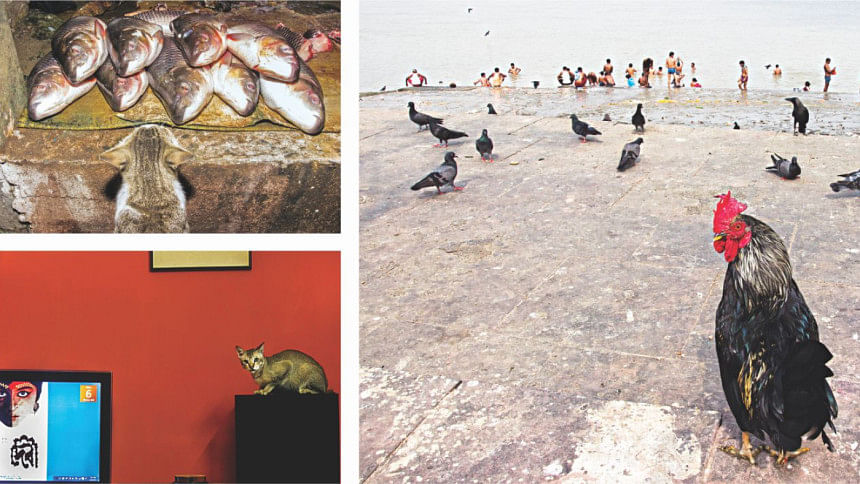
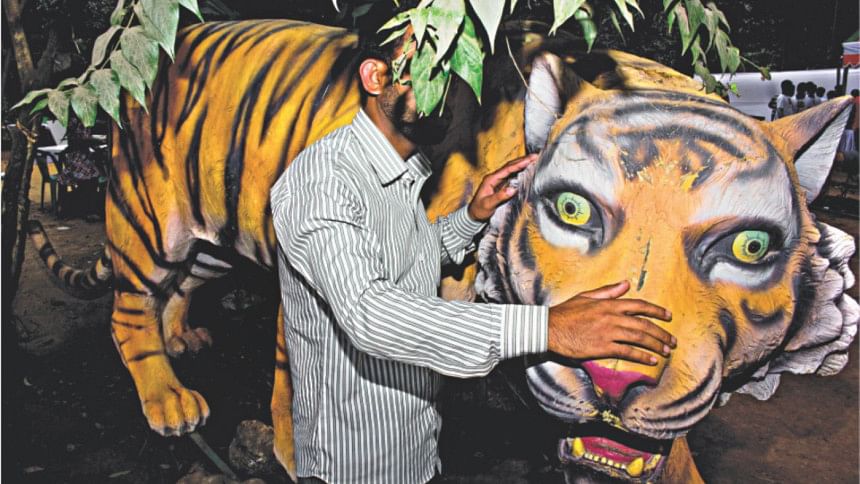
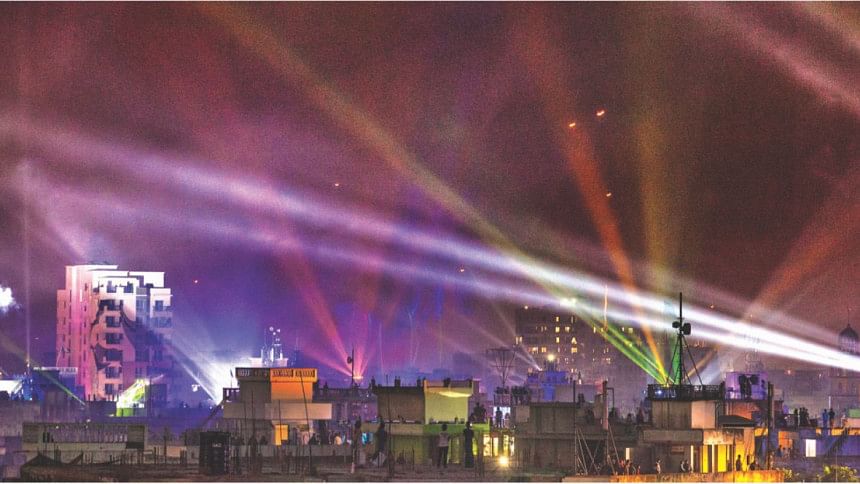



Comments